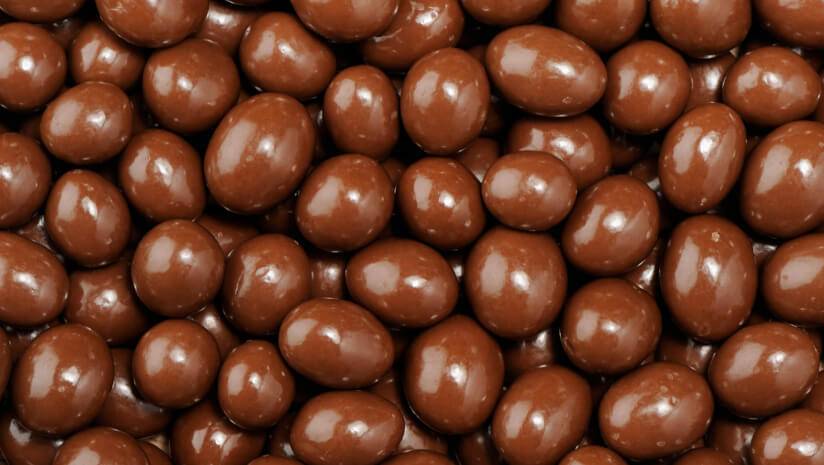Using fancy finishes to create an attractive, good-enough-to-eat product is a core consideration for manufacturers when developing luxurious chocolates and candies. And while confectionery’s success has long hinged on the popularity of permissible indulgence, today’s consumers are calling for better-for-you, healthier alternatives.
Now a new study suggests that confectioners’ glazes can achieve both.
Published in the Food Systems journal in July 2024, the research (Technological aspects and requirements needed in raw materials to increase their nutritional value) set out to develop technological methods of fruit and vegetable confectioners’ glaze production that would increase the dietary fibre content and lower its added sugar.
Boosting nutritional values
To traditional glaze – usually made with a combination of fat and sugar – the researchers added samples of raspberry, apple, carrot, beet and vegetable powders.
During the study, the researcher identified that the glaze’s yield stress increased as the fruit and vegetable powder content increased from 3% to 15%. The exact amount this increased by differed depending on the ingredient’s fat-absorbing capacity.
The study also noted that adding these additive powders changed the glaze’s crystallisation characteristic. As the solidification temperature decreased by 1-2°C, the crystallisation duration increased by 27%- 40% compared to its control sample. The end-product contained a dietary fibre content of 9 grams per 100 grams and reduced the amount of added sugar within its formulation, meaning glazes can now be considered a useful player in the reformulation for health equation.
Other ways brands can boost functionality
As well as looking to reformulate using functional finishes, manufacturers have other methods for improving the nutritional value of their products. Here’s how:
- Add seeds, nuts and dried fruit to confectionery goods as finishing touches
- Include prebiotics and probiotics in their final product’s formulation
- Use sweet proteins to increase confectionery’s nutritional value. Brands like Luker Chocolate and Oobli are using ingredients like pea, chicory roots and tapioca fibres.
- Increase the quantity of fibre in confectionery items. Brands are tapping into novel ways to create fibre too, with the first ‘protein out of thin air’ launching this year.
- Opting for vegan-friendly confectionery choices by using plant-based ingredients. Kakoa and Candy Kittens have launched vegan confectionery ranges while others like Lindt are creating plant-based alternatives to their classic products. Lindt launched its Lindor truffles plant-based range earlier this year.
Source: Food Systems
doi: 10.21323/2618-9771-2024-7-2-268-275
“Technological aspects and requirements to raw materials for increasing the nutritional value of glaze”
Author: EV Mazukabzova

